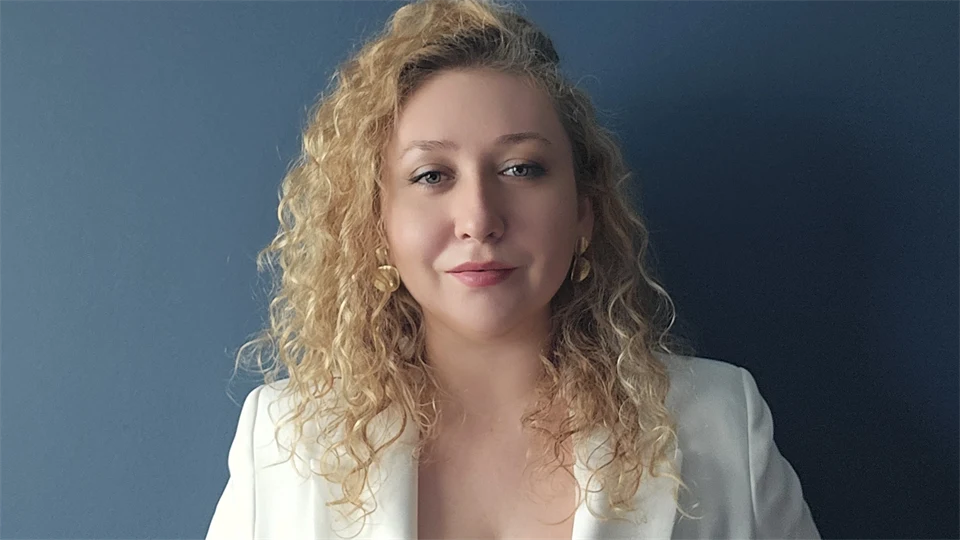Disputation i kemi med Burcu Hacioglu
Välkommen till Burcu Hacioglu disputation i kemi. Hon kommer att presentera sin avhandling ”Potential of white-rot fungi from boreal forests for the bioremediation of industrial fiber-sediments contaminated with hydrocarbons and toxic metal(oid)s “.
Mer information
Avhandlingens titel: Potential of white rot fungi from boreal forests for the bioremediation of hydrocarbons and metal(oid)s from contaminated fibrous sediments.
Datum: 30 september 2025
Tid: 10:00
Plats: O102, Campus Sundsvall eller online via Zoom
Ordförande: Professor Anders Jonsson, Mittuniversitetet
Opponent: Docent Oksana Golovko, SLU Ultuna
Betygsnämnd: Professor William Hogland, Linnéuniversitetet
Docent Malin Hultberg, SLU Alnarp
Professor Magnus Norgren, Mittuniversitetet
Reserv: Dr. Ulrika Andreasson, SCA
Abstract
Fiberbanks are fibrous sediments formed from historic pulp and papermill discharges along Sweden’s Baltic Sea coast. These anthropogenic deposits are contaminated with organic pollutants and potentiallytoxic elements (PTEs), posing long-term risks to aquatic ecosystems. However, no tailored remediation strategy exists for this unique wastetype. This study investigates the use of white-rot fungi (WRF), a groupof wood-decay fungi known for breaking down complex pollutants and sequestering PTEs, for sustainable fiberbank remediation.
An initial screening evaluated 20 WRF strains isolated from Swedish boreal forests for their ability to colonize and detoxify fiberbank substrate on agar plates. Colonization was assessed visually and via Scanning Electron Microscope (SEM) imaging, while elemental uptakewas examined using Energy-dispersive X-ray spectroscopy (EDS). Based on these results, an expanded experiment was done where 26 fungi species were tested in sterilized and non-sterilized fiberbank sediments to assess bioremediation performance under both isolated and competitive conditions. Colonization, PTEs uptake, and pollutant degradation were quantified.
Results showed that several fungi effectively colonized fiberbank material and accumulated PTEs. For example, Phlebia tremellosa achieved high uptake of cadmium and lead, particularly under sterile conditions. Meanwhile, Phellinus punctatus (68 %) and Cystostereum muraii (57 %) significantly degraded 2-3 rings polycyclic aromatic hydrocarbons (PAHs) on sterile fiberbank material plates. Notably, non-sterile setups supported enhanced organic pollutant degradation due to synergistic interactions with native microbes. Trametes hirsuta, for instance, removed up to 94% of low-ring PAHs in non-sterilized sediment, exceeding its performance under sterile conditions.
The findings suggest that a dual approach may be most effective: usingfungi in non-sterile systems to degrade organics and in sterile phasesto maximize PTEs uptake. These results support the potential of boreal WRF for eco-friendly remediation of fiberbank sediments and lay the groundwork for future pilot-scale applications.
Kontakt

